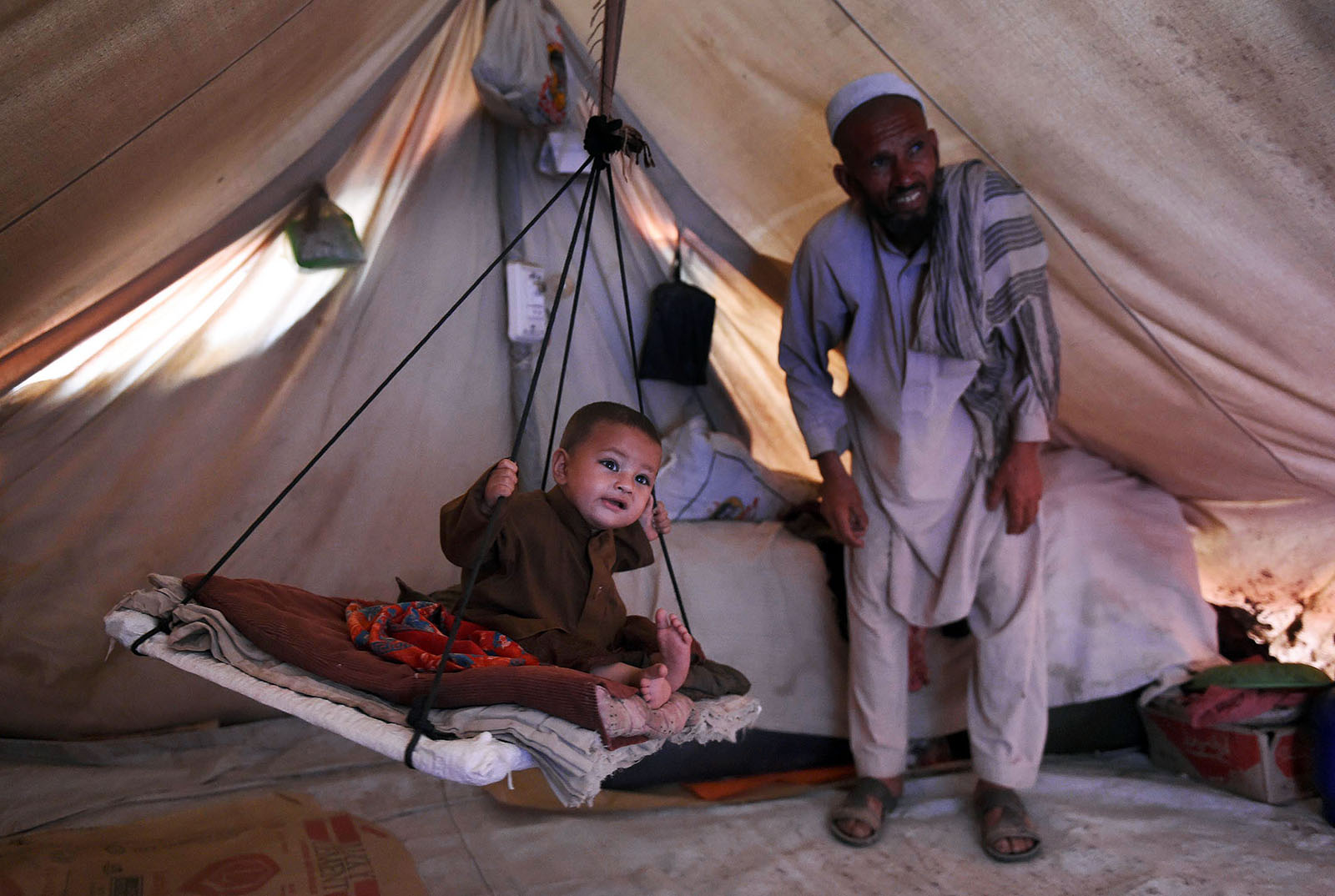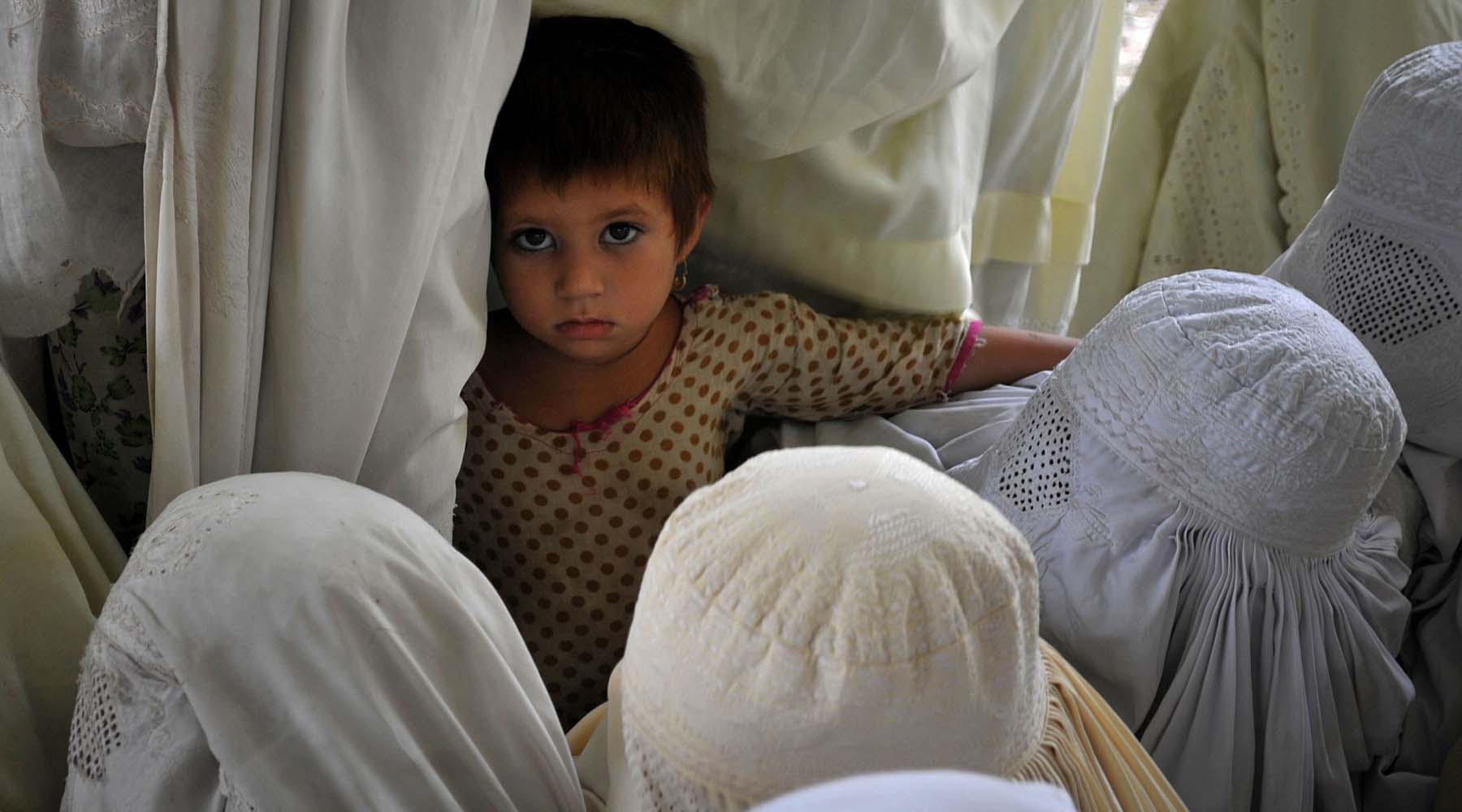On November 23, 106 families hailing from Pakistan’s North Waziristan tribal region crossed the Pak-Afghan border at Angoor Adda to return home from Afghanistan. This heralded the start of the third phase of repatriation of Afghanistan-based Pakistanis displaced by the military operation Zarb-e-Azb.
According to state officials in North Waziristan, one of the seven tribal agencies in the Federally Administered Tribal Areas (Fata), around 12,000 families had left for Afghanistan in June 2014 after the military assault was launched by the Pakistan Army against local and foreign militants. For the tribal families living near the Pak-Afghan border, also known as the Durand Line, the move to the neighbouring Afghan provinces of Paktika and Khost was convenient and a shorter trek than to Bannu in Khyber Pakhtunkhwa.
According to officials from the Fata Disaster Management Authority (FDMA), nearly 5,000 families packed up and returned home voluntarily in the first two phases of repatriation that began last year. They added that steps were being taken to ensure that all the remaining Pakistani families living in Afghanistan for nearly three and a half years are enabled to return home in due course of time.
Similar to the previously repatriated families, the arrivals this month were also transported to the relief camp in Bakkakhel in the Frontier Region Bannu, soon after entering Pakistan via the border town of Angoor Adda in South Waziristan. This is the standard practice as military authorities want to debrief the returnees and do background checks in a bid to thwart any attempt by the militants to return to Pakistan in the guise of refugees. Concerns still remain that terrorists could try to infiltrate North Waziristan by hiding amongst the returnees. Such worries were heightened on October 9, when militants struck in the previously peaceful area of Razmak in North Waziristan by attacking a security forces convoy. Three soldiers were martyred and eight sustained injuries that day, prompting authorities to enforce a curfew in the area and launch a search operation to apprehend the suspects.

The return of the Pakistani families from Afghanistan is one of the major challenges facing the civil and military authorities tasked with the repatriation process and the subsequent resettlement and rehabilitation of the temporarily displaced persons.
According to the FDMA, 450,000 families were displaced from Fata due to militancy and military operations during recent years. Among them were those displaced from Bajaur and Mohmand tribal agencies and repatriated to their homes by 2014. During the ensuing three years, the total displaced families stood at 338,000. As many as 320,465 have already been repatriated to their homes and villages in the five tribal agencies, including Khyber and North Waziristan that had experienced the highest number of displacement.
The FDMA officials said 16,264 uprooted families from North Waziristan Agency and 1,186 households from Khyber Agency had yet to return to their homes. Some tribal families are unlikely to return to their villages as they want to continue living in urban centres like Peshawar, Bannu and elsewhere where educational facilities, healthcare and civic services are much better compared to their native areas. Many complain that their houses were destroyed during the military action and the compensation of Rs400,000 offered by the government for completely destroyed and Rs160,000 for partially damaged houses was inadequate for rebuilding.
Sirajul Haq, the Director General of the Fata Disaster Management Authority (FDMA), said that Rs11.5 billion had been paid until now to the affectees as compensation to rebuild their houses. He said another amount of Rs8 billion had also been distributed to the displaced persons returning home at the rate of Rs35,000 per household to pay for transportation.

The government was constrained by the lack of resources to look after the needs of the temporarily displaced persons. The displacement was unprecedented and the suffering it caused was at times unbearable.
Pakistan had successfully coped with the displacement of about 2.3 million people from Swat and rest of Malakand division in 2009 when a major military action was launched against the Tehreek-e-Taliban Pakistan (TTP) militants led by Maulana Fazlullah. The host communities in Mardan, Swabi, Charsadda and other districts had offered refuge to 85 percent of the displaced families in their homes and hujras to share the government’s burden for around three months before they returned home. However, the subsequent displacement from the more conservative South Waziristan, North Waziristan, Orakzai, Kurram, Khyber and other tribal agencies was challenging as most displaced families didn’t want to stay in government camps where it was difficult to maintain privacy. Both the government and the host communities were overwhelmed by the influx of the displaced people. That stage too, it seems, is almost over as the government now claims that about 98 percent of the displaced persons are back in their native areas and busy rebuilding their lives.
Cover image: File photo from 2014 shows an internally displaced child of Bara - AFP
Yusufzai is the Resident Editor of The News International in Peshawar


